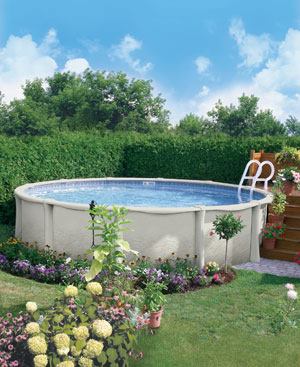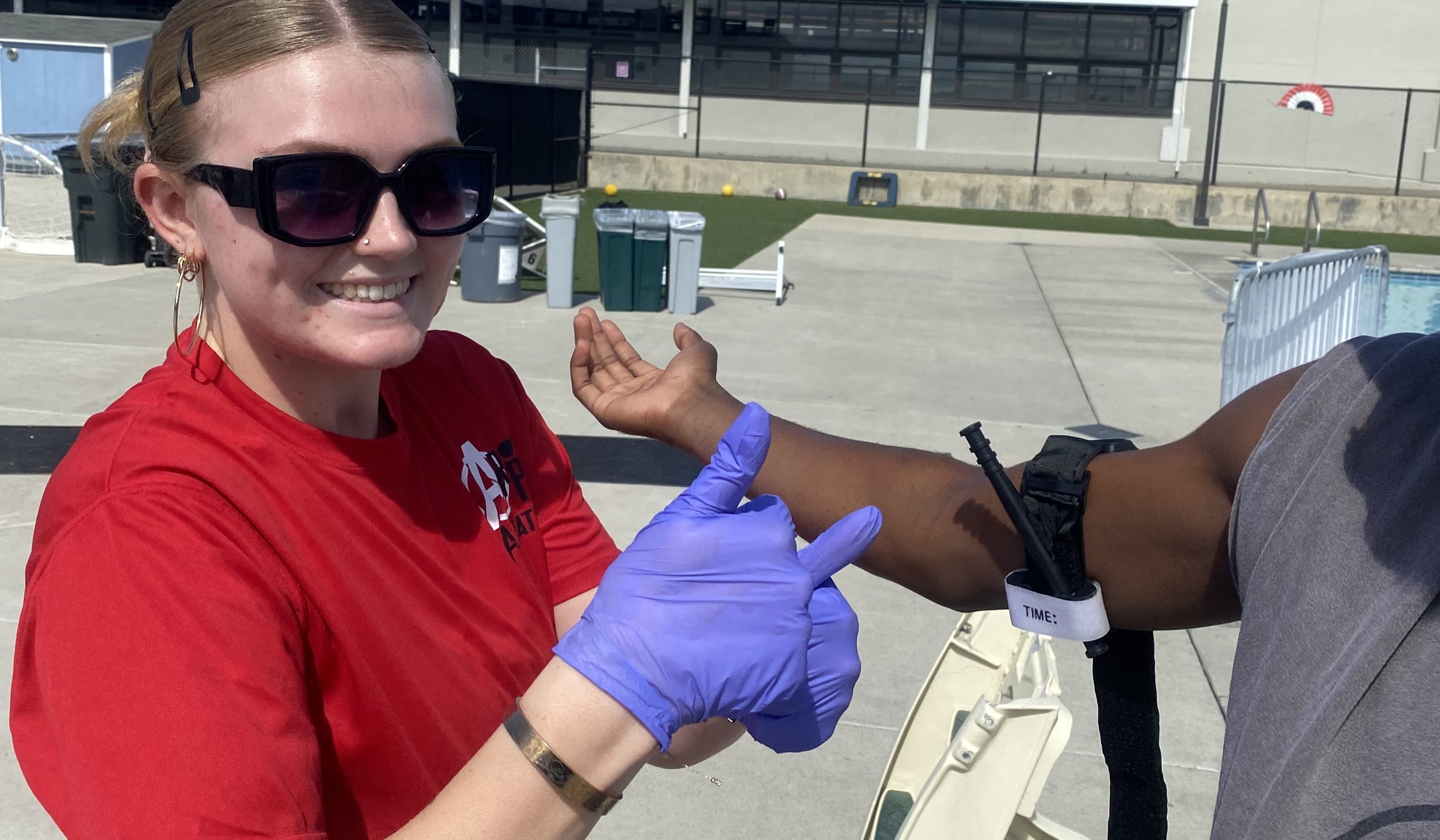Aboveground pools have had their share of run-ins with the law.
When Florida adopted a new building code back in 2001, state officials and safety advocates were trying to implement dual main drains or a drain with a suction break for all pools.
Manufacturers and installers brought up the fact that aboveground pools didn’t need main drains, and confused regulators tried to maintain that these must have a drain, whether they needed them or not, to comply with the code.
After a dozen or so meetings, pool professionals managed to convince the Florida Building Commission to allow these pools to be built without drains.
Today’s aboveground pools are as strictly mandated as inground pools when it comes to safety. It may sound like a good thing, but builders have mixed feelings.
For state and municipal officials who draft safety rules, aboveground pools have straddled the line between permanent and temporary structures. There’s often confusion and inconsistency about how the product should be treated.
Code confusion
In the Northeast, barrier codes differ from town to town. Some allow for safety ladders — those that swing up so unsupervised children cannot climb them, or those that have a self-closing, self-latching panel, which can be locked. But other towns maintain that the ladders are not enough and require a fence or door alarms on top of that precaution.
Because installers sell these pools in a large area, it’s tough for them to know the codes of every single town. In addition, the homeowners often don’t know safety barriers are required until they apply for a permit.
“It can be frustrating for the homeowner,” says Jay Henshall, service manager at Gibraltar Pools in Topsfield, Mass. His company sometimes has to go back to the customer and explain to them the extra cost of adding a fence or other precautionary measures. Pat Walsh is concerned about his clients as well.
Consumers still see aboveground pools as a price point product and may not want to spend an additional $1,000 to meet code requirements on a fence for a pool that already cost them $7,000.
“People may think [the ladders, fences and alarms] are too much of a hassle for this product,” says the president of Aboveground Pool Company in San Antonio.
On the upside, Walsh sets himself apart from his competition because he and his staff are prepared and trained to install pools that follow code.
Electric issues
A new National Electrical Code is published every three years. The 2008 version was approved in August 2007, and states across the nation are seeking to adopt it. As with the safety codes, each region will have its own policies.
In the midst of the confusion in sorting out these new laws, installers are feeling lost.
Henshall is not too clear on what the new electrical requirements are in his region. He’s still waiting to get a copy of the codes from the local department of public safety, but he can’t exactly stop selling pools until regulators figure it out.
However, Henshall has received several calls from state electrical inspectors telling him that he needs to comply.
Some of the questions he has about the new laws are making his job harder and more costly. For example, to bond the water, a certain amount of metal must be exposed to the water. Some installers might think this may be easily resolved by placing a metal ladder in the pool. But inspectors are telling Henshall that’s not considered compliant because ladders are removable.
In addition to the water in the vessel being bonded, installers have to bond the perimeter of the pool as well.
The added expense often is disproportionate to the cost of the pool in the homeowner’s mind, Henshall says. Perimeter bonding can run as much as $800, but the pool may only cost $3,000.
Industry members hope the adoption of Section 680.26 of the 2008 NEC, which clarifies that a single wire can be used to meet the equipotential bonding requirement, would make things easier.
“A single copper wire requirement is easier and more cost-effective than laying down an entire 12-by-12-inch grid,” says Paulette Pitrak, Region 1 deputy executive director, Northeast Pool & Spa Association in Morganville, N.J.



